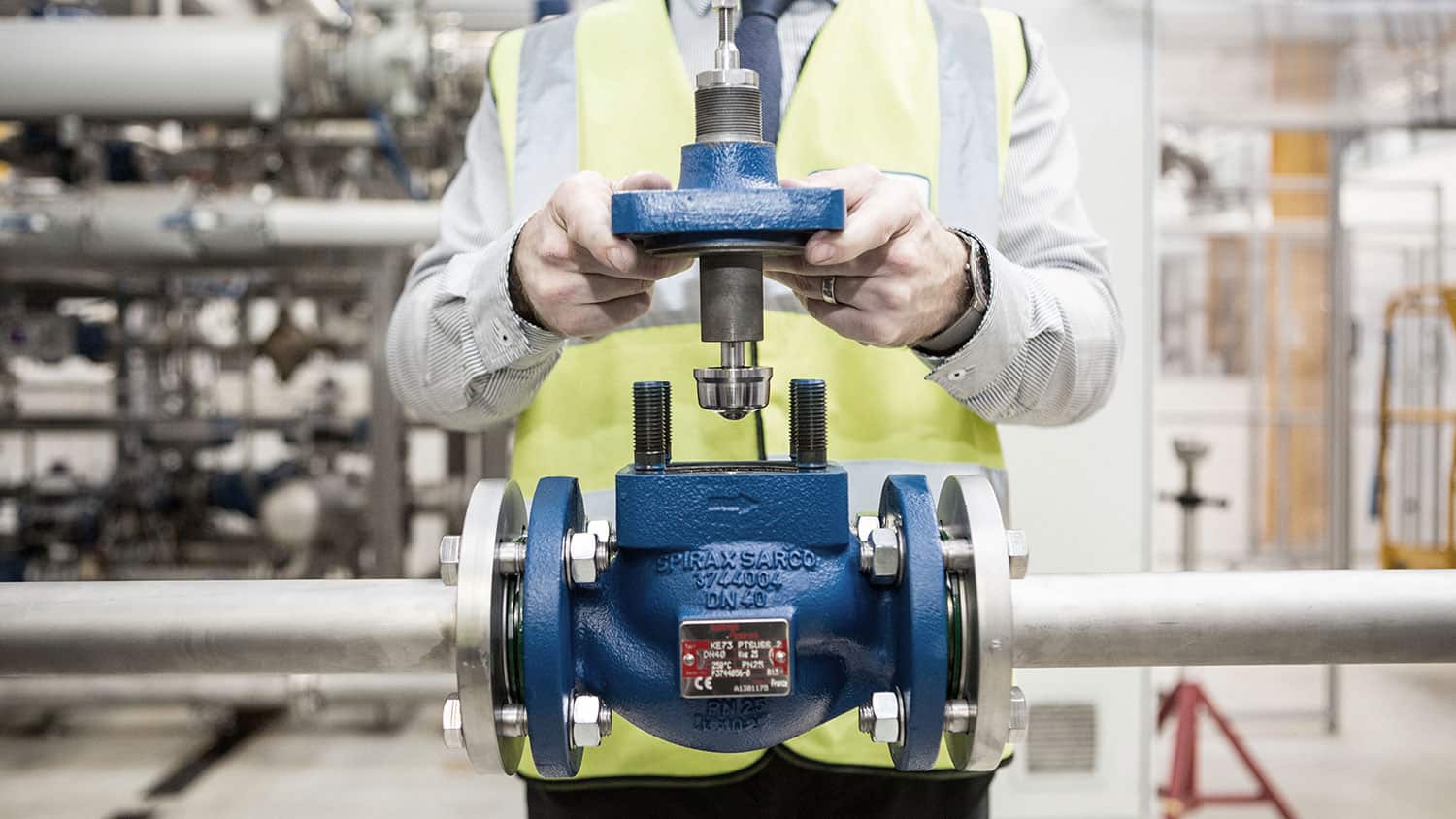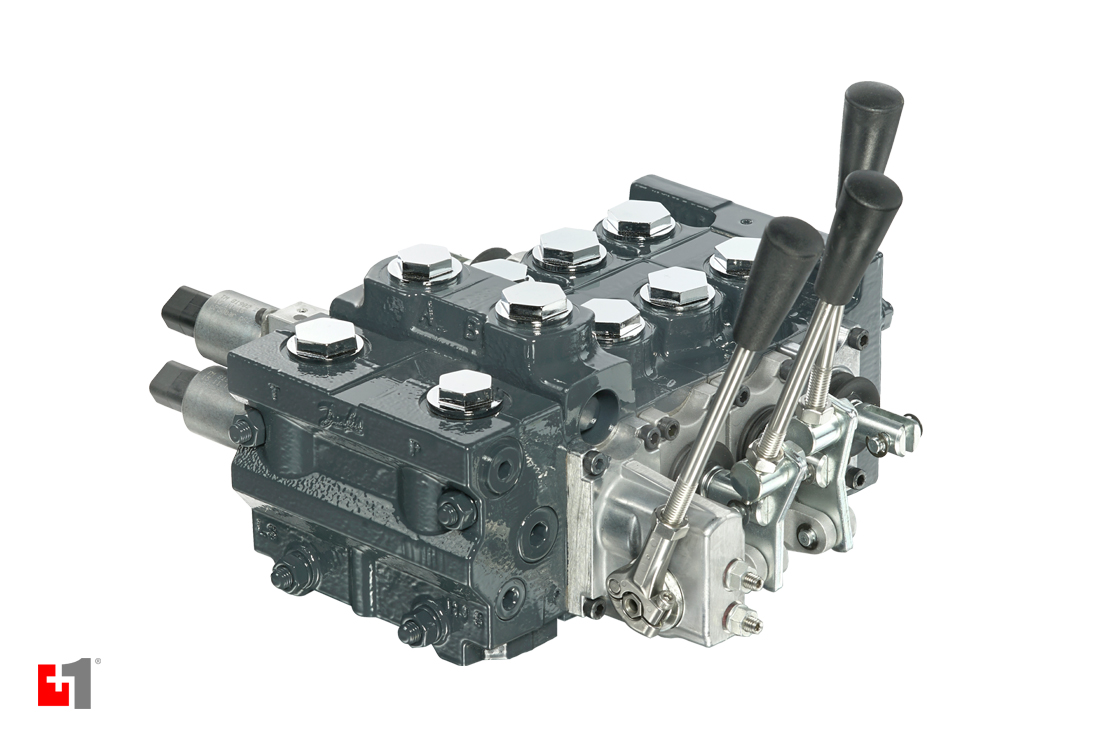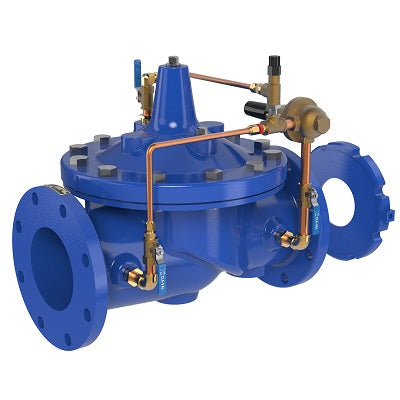Choosing the Right Control Valves: A Guide to Optimal System Performance
Choosing the Right Control Valves: A Guide to Optimal System Performance
Blog Article

Maximize Energy Cost Savings and Comfort With Advanced Building Automation Controls
In the realm of modern design and facility monitoring, the combination of sophisticated structure automation regulates stands as a crucial development. The convergence of modern technology and sustainability has actually birthed a new period where energy efficiency, convenience optimization, and operational streamlining are no longer attainable facts but remote goals. By harnessing the power of automation, structures can adapt, react, and develop in manner ins which were when inconceivable. The possibility for significant power cost savings and enhanced comfort is not just a possibility but a promise waiting to be fulfilled. This paradigm shift in building monitoring holds the essential to opening a world where environmental conscientiousness and owner wellness sympathetically coexist within the wall surfaces of our frameworks.
Energy Performance Benefits
Energy effectiveness advantages can considerably reduce energy consumption and functional costs in buildings. Energy-efficient systems, such as innovative building automation controls, can optimize the use of resources like air conditioning, lights, and home heating, leading to reduced power expenditures over time.
Furthermore, improved energy efficiency can prolong the life expectancy of building devices and systems. By operating much more effectively, cooling and heating systems, lighting fixture, and various other building components experience much less wear and tear, causing minimized maintenance and substitute costs. In addition, energy-efficient buildings frequently regulate higher residential property values and rental prices, offering lasting economic benefits to proprietors.
Additionally, power performance can improve occupant comfort and productivity. Effectively managed indoor environments with optimum lights and thermal conditions produce an even more helpful and enjoyable work space, causing boosted employee contentment and performance. In general, the power efficiency benefits connected with innovative structure automation controls are multifaceted, including price financial savings, environmental stewardship, and resident health.
Enhanced Comfort Control
Enhancing comfort control in building settings requires a sophisticated integration of advanced automation systems for optimum passenger wellness. By utilizing advanced structure automation controls, facilities can tailor the interior setting to satisfy the specific needs and choices of occupants. control valves.
By incorporating these sophisticated controls, structures can not just enhance convenience but likewise boost energy performance by optimizing system procedures based on real occupancy and use patterns. Inevitably, prioritizing passenger convenience through innovative automation systems leads to an extra pleasurable and much healthier interior environment.
Functional Performance Improvements

In addition, the implementation of real-time surveillance and analytics tools allows structure drivers to identify energy inadequacies and functional anomalies immediately. By continually checking power usage patterns and system performance metrics, changes can be made in real-time to maximize energy usage and make certain peak operational efficiency. control valves. Furthermore, including demand reaction approaches into published here building automation controls can additionally enhance operational effectiveness by dynamically readjusting power usage based on grid conditions and prices signals
Indoor Environment Optimization
Efficient indoor environment optimization is an essential element of structure automation controls, guaranteeing owners' comfort and wellness while optimizing power cost savings. By utilizing innovative sensing units and controls, developing automation systems can continually readjust and monitor temperature, humidity levels, air quality, and ventilation to create an optimal indoor atmosphere. Preserving comfortable and consistent conditions not only enhances owner satisfaction but additionally enhances performance and general wellness.
Indoor environment optimization likewise plays a critical duty in energy efficiency. By click for more info fine-tuning air flow, air conditioning, and heating systems based upon real-time data and tenancy patterns, building automation controls can considerably decrease power consumption - control valves. Implementing approaches such as demand-controlled ventilation and thermal zoning can aid reduce power waste while making sure that each location of the building obtains the required conditioning.

Lasting Atmosphere Production
Structure automation regulates not just maximize indoor environment problems for energy effectiveness and resident comfort yet additionally lay the foundation for creating a lasting atmosphere with tactical management of sources and systems. By integrating advanced structure automation innovations, such as sensors, actuators, and smart software program, facilities can keep track of and adjust energy usage in real-time to decrease waste and minimize their carbon footprint. These systems make it possible for predictive upkeep, determining potential problems prior to they intensify and optimizing tools performance to boost durability and efficiency.
In addition, sustainable setting development expands beyond energy administration to encompass water preservation, waste reduction, and interior air high quality improvement. Structure automation controls can regulate water use, discover leaks, and guarantee correct waste disposal practices, adding to total sustainability initiatives. Furthermore, by regulating and monitoring air flow and purification systems, these modern technologies boost owner health and wellness and productivity while reducing power consumption related to heating and cooling procedures.
Conclusion
In final thought, progressed building automation manages deal considerable advantages in regards to energy cost savings, convenience control, functional efficiency, indoor environment optimization, helpful resources and developing a sustainable environment. By carrying out these controls, structures can achieve optimal performance while reducing energy usage and enhancing passenger convenience. It is evident that using innovative automation modern technology is essential in improving structure efficiency and developing an extra sustainable future.
Energy efficiency advantages can dramatically reduce energy usage and functional prices in buildings. On the whole, the power efficiency benefits connected with innovative structure automation controls are complex, incorporating expense savings, environmental stewardship, and resident well-being.
Furthermore, integrating demand response approaches right into building automation controls can further boost functional efficiency by dynamically readjusting power usage based on grid conditions and rates signals.
Structure automation manages not only maximize indoor climate problems for energy performance and passenger comfort but additionally lay the structure for producing a sustainable environment via critical management of systems and resources.In final thought, advanced building automation controls offer significant benefits in terms of power financial savings, convenience control, functional efficiency, indoor environment optimization, and producing a sustainable setting.
Report this page